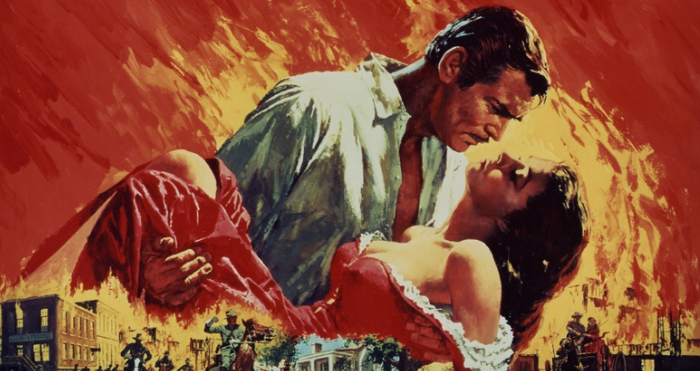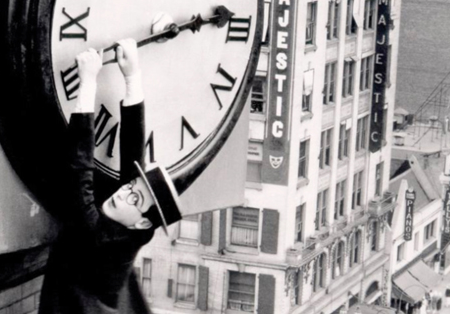How does one even begin to grapple with a monolith? It’s a seemingly insurmountable task to engage with a piece of cinema steeped in such history and grandeur as Gone With The Wind. The name alone causes each and every person to conjure various images and quotes that they associate the beloved movie with. Certain films bring a name to the table, but Gone With The Wind brings a legacy as sweeping as its narrative.
From a purely monetary standpoint, Gone With The Wind is still considered the highest grossing film of all time when ticket prices are adjusted for inflation. It didn’t just make money, it made a damn mint. A certifiable phenomenon upon release, everyone and their entire extended family saw it. A famous story within my own family is when my grandmother took my father to see it during one of its numerous rereleases. When the lights came up for the intermission my father said, “that was a great film now lets get out of here,” my grandmother promptly replied, “that was only the first half, sit your ass back down.” As I began the odyssey that is Gone With The Wind, that story kept playing over and over in my head.
Every aspect of the film embodies the word epic, from its lavish mise-en-scène to its bloated running time, Gone With The Wind isn’t just a piece of cinema, or an event, it’s a piece of history. Appropriately much of Gone With The Winds’ plot revolves around the collapse of the Southern way of life during and following the Civil War. While I could write a thesis (I’m sure many already have) on the often deeply troubling racial politics presented throughout the film, I was more interested in the so called “greatest romance of all time” that lies at the film’s core.
It certainly wasn’t the precarious rebuilding of the postwar South that captured the hearts of millions of American’s for countless decades. It was Clark Gable’s dashing smile and Vivien Leigh’s stunning eyes, but most importantly it was their electric chemistry. Like a live wire shooting off sparks every which way, when they share the screen it’s almost impossible to avert your eyes.
But Scarlett O’Hara and Rhett Butler aren’t in love with each other, and that is what I found so compelling about Gone With The Wind. Scarlett and Rhett are in love with the idea of one another, of what each other could be, but not who they are. Much like the Southern aristocracy who love the old ways of the South yet can’t reconcile with reality, Scarlett and Rhett can’t let go of their idealized versions of their counterpart.
In a way I was often reminded of Vertigo, another ostensible tale of love that in reality is concerned with a toxic obsession. They have an inability to reconcile with the fact that their romance, much like the antebellum South, was doomed from the start. Much like Scottie and Judy in Vertigo, Rhett saw in Scarlett what he wanted to see, not what was actually there. The ultimate tragedy however is the death of their daughter Bonnie. Bonnie was everything that Rhett loved about Scarlett distilled into a pure form. Rhett could never possess Scarlett, nor would she allow herself to be possessed, but he could have his precious Bonnie. And so their romance and the film concludes with the greatest walkout in film history: http://www.youtube.com/watch?v=xLnTWxpTQt4
Gone With The Wind in a way is American cinema. Massive in scope, sumptuous in design, and narcissistically concerned with America’s own history. But at its heart, Gone With The Wind is truly about the utter breakdown of a single relationship, a relationship that’s implosion was clouded by the lover’s selfish desires and obsessions. It may not be the greatest love story of all time, but it may be the greatest story about love, or at least the utter havoc and destruction that the idea of love can cause in its wake. But as Rhett would say, agree with my reading or not, frankly my dear reader, I don’t give a damn.


















